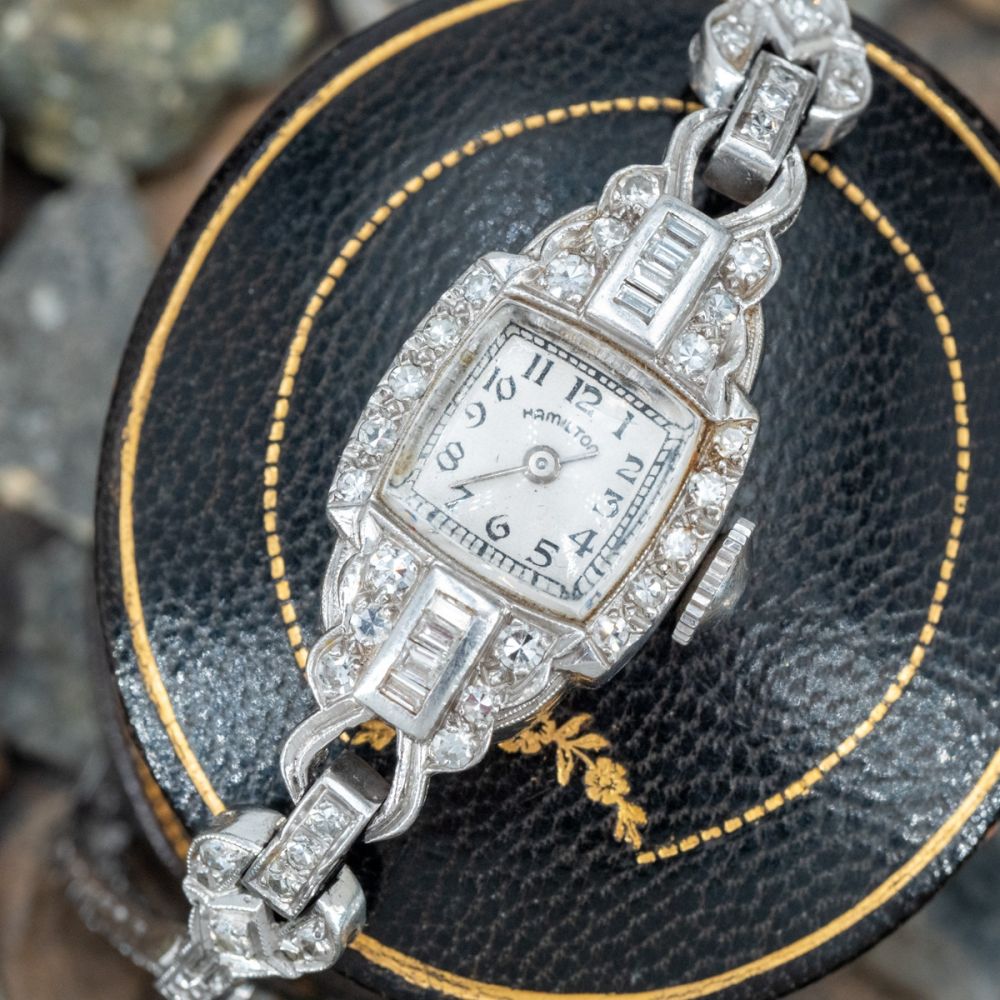The Appeal of Antique Watches
Antique watches are more than just time-keeping devices. They are pieces of history, art, and craftsmanship. Collectors and enthusiasts prize these timepieces for several reasons.
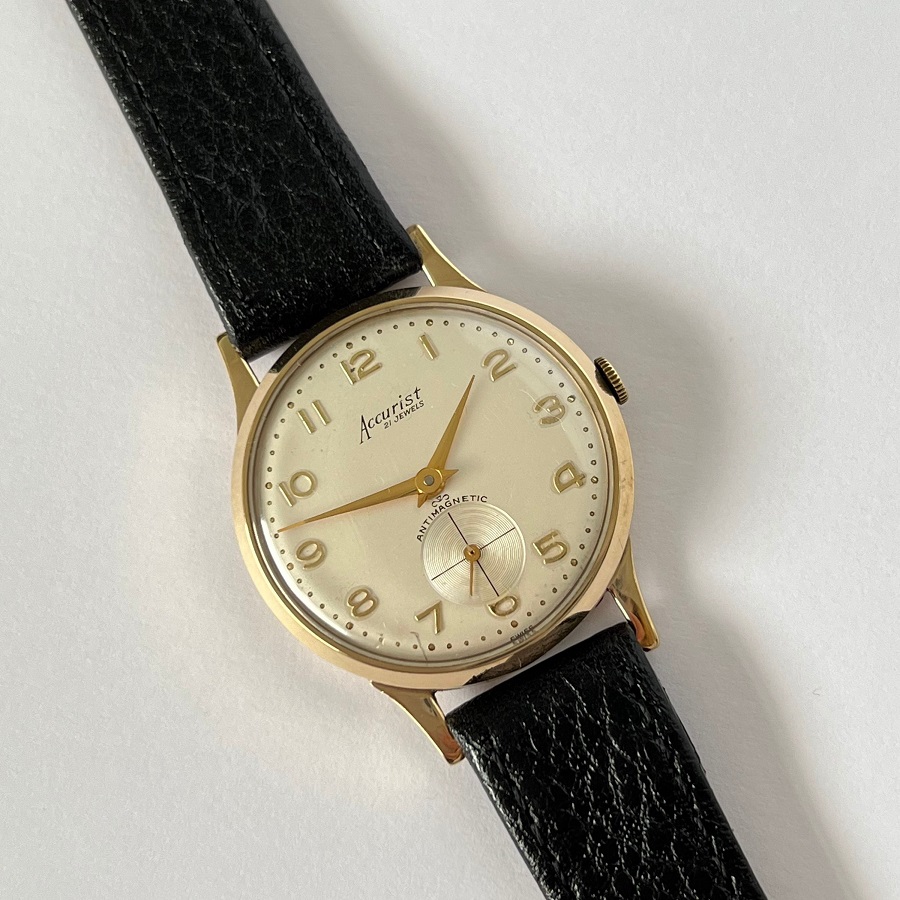
First, there’s the historical significance. Owning an antique watch is like having a tangible slice of history. Each watch tells a story from a past era. It might have been a prized possession, passed down through generations. It’s a heritage piece, synonymous with traditions and memories.
Then, there’s the craftsmanship. Makers of antique watches often used techniques that are rare or even lost today. The hand-forged components, intricate engravings, and meticulous assembly process, reflect a level of skill and dedication that’s hard to find in modern watches.
Moreover, the uniqueness of each piece adds to its appeal. No two antique watches are the same. Individual character marks, design nuances, and even signs of wear can add to an item’s allure. These features make every piece distinct and potentially more desirable.
Lastly, antique watches are a statement of style. They offer a classic elegance that can elevate any outfit. Wearing an antique watch is a nod to timeless fashion. It is a way to stand out in a world of mass-produced goods.
In essence, the appeal of antique watches lies in their ability to connect us to the past, exhibit exceptional craftsmanship, provide uniqueness, and make a sophisticated style statement. For many, these timepieces are not merely accessories; they are investments in time with enduring value.
History and Evolution of Timepieces
The history of timepieces is a journey through innovation. It began with sundials and water clocks in ancient times. These devices relied on the sun’s position or water flow to mark time. But they were not portable. The need for mobility led to the invention of the mechanical clock in the Middle Ages. Craftsmen built huge clocks in town centers. They became a symbol of wealth and engineering prowess.
In the 16th century, the first portable timepiece emerged: the pocket watch. Skilled artisans handcrafted each piece with ornate designs. By the 17th century, advances in technology made watches more accurate. The introduction of the balance spring was a major milestone.
The industrial revolution in the 18th and 19th centuries changed everything. Watchmaking shifted from artisanal to factory production. This made watches more accessible to the common man. The wristwatch appeared on the scene in the early 20th century. It gained popularity during World War I when soldiers needed hands-free timekeeping.
The evolution of timepieces reflects human ingenuity and the march of technology. Each period left its mark on watch design and function. This story continues today with smartwatches and the blending of traditional craftsmanship with digital innovation. Antique watches stand as a legacy of this remarkable evolution. They connect us to times when every tick and tock was a step towards the future.
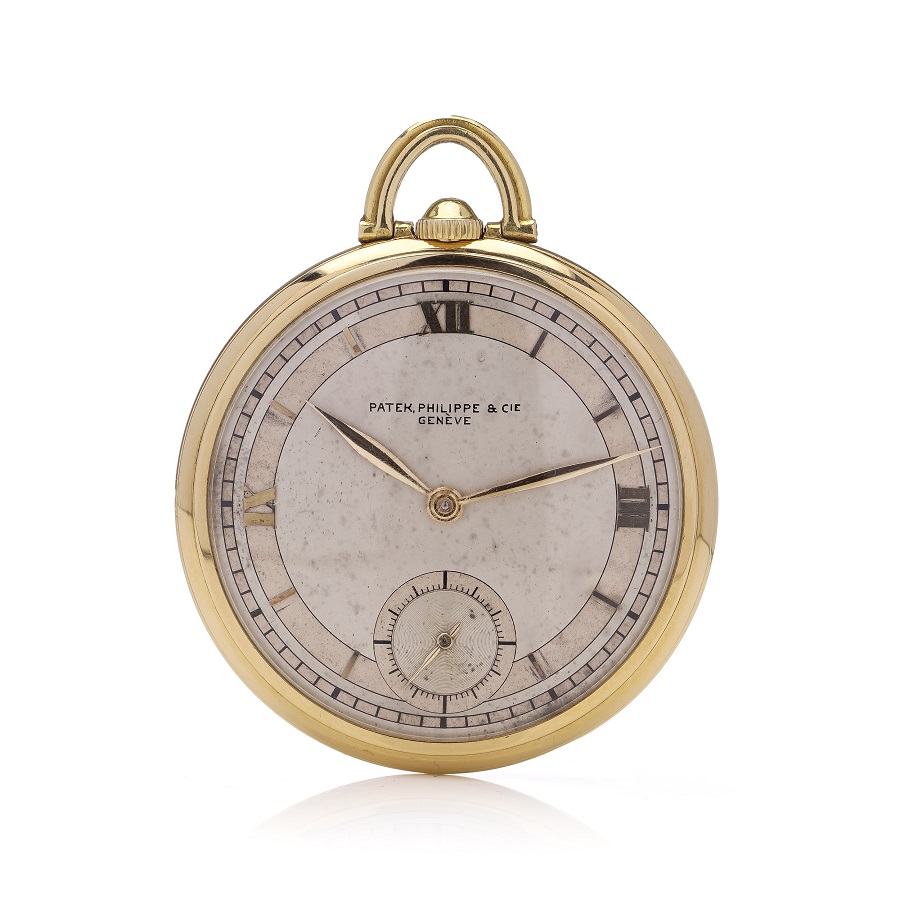 Factors Influencing the Value of Antique Watches
Factors Influencing the Value of Antique Watches
Condition: A watch in pristine condition fetches a higher price. Original parts and a flawless mechanism hold great value.
Rarity: Less common watches are often more sought after. Limited production lines boost the rarity, and thus the cost.
Brand: Certain brands carry a legacy that enhances a watch’s value. Names like Rolex or Patek Philippe have a loyal following.
Provenance: Watches with a known history, especially ones owned by famous individuals, can command premium prices.
Age: Older watches may be more valuable. However, age alone doesn’t determine worth. The condition and rarity play larger roles.
Market Demand: The current popularity of certain styles or brands affects market price. Trends can increase or decrease demand.
Authenticity: Original and verifiable antique watches are more valuable. Fakes or replicas lack the historical and material worth.
Mechanical Complexity: Timepieces with intricate mechanisms or complications are highly prized. They showcase the skill of the watchmaker.
Collectors and investors should weigh these factors when assessing an antique watch’s value. Understanding these elements can aid in smart purchasing or selling decisions.
How to Identify Authentic Antique Watches
Identifying authentic antique watches is crucial for collectors and investors. Here are key methods to ensure the watches you encounter are genuine:
Visual Inspection: Check the watch’s design and craftsmanship. Look for quality in the details. Inspect for brand marks and serial numbers.
Movement Analysis: Open the back case carefully. Study the watch movement. Authentic watches have intricate, well-finished movements.
Sound Check: Listen to the watch. Authentic mechanical watches have a smooth, even ticking sound.
Material Quality: Examine the materials. Authentic antique watches feature high-quality metals and genuine jewels.
Documentation: Seek out any available paperwork. Certificates, repair records, or original boxes add to authenticity.
Expert Authentication: When in doubt, consult a professional. Watch experts can verify a watch’s authenticity.
Comparison: Compare the watch to verified models. Look for discrepancies in design and function.
By being vigilant and using these methods, collectors can safeguard their investments and avoid counterfeit pieces.
The Most Coveted Antique Watch Brands
When diving into the world of antique watches, certain brands stand out for their legendary status and the value they hold. Collectors and enthusiasts often seek out watches from these prestigious brands and hold them in high regard. The most coveted brands in the antique watch market typically include:
- Rolex: A symbol of luxury, Rolex watches are renowned for their quality and durability. Models like the Rolex Submariner or Daytona from the mid-20th century are particularly prized.
- Patek Philippe: With a heritage of fine watchmaking, this brand boasts significant collector interest, especially for their complicated timepieces and elegant designs.
- Omega: Known for their role in space exploration and sports timing, vintage Omega watches, like the Speedmaster, have a loyal following and are highly sought after.
- Audemars Piguet: Their sophisticated mechanisms and exquisite craftsmanship make them a top choice for those who appreciate complex watchmaking.
- Vacheron Constantin: One of the oldest watch manufacturers, it maintains a reputation for producing watches of exceptional quality and intricate detail.
- Jaeger-LeCoultre: A brand respected for innovation, its antique watches are admired for both design and technical proficiency.
- Cartier: Cartier has created iconic watch designs that have stood the test of time, making its vintage pieces, such as the Tank or Santos, incredibly popular.
- Breguet: With a storied history that includes pioneering the tourbillon, Breguet’s antique watches are revered for their historical significance and advanced features.
These brands epitomize excellence and have etched their names in the annals of horology. Their vintage pieces represent a fusion of art, history, and craftsmanship, making them a desirable addition to any collection. Obtaining a watch from any of these brands can be a significant investment, often appreciating in value over time.
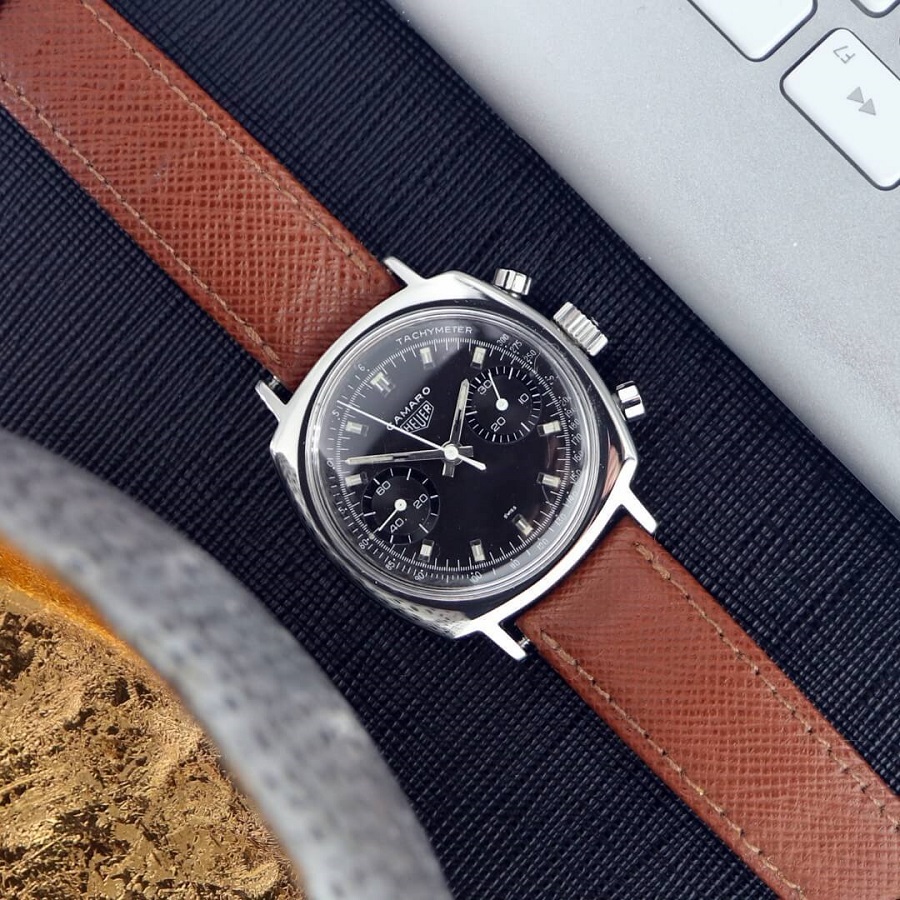 Caring for Your Antique Watch Collection
Caring for Your Antique Watch Collection
Taking care of antique watches is essential to preserving their beauty and value. Here are practical tips for maintaining your cherished timepieces:
Handle with Care: Always be gentle when handling antique watches. Rough handling can cause damage. Use a soft cloth when picking them up to avoid scratches.
Regular Cleaning: Keep watches clean with a soft, dry cloth. Wipe the case and crystal gently. Do not expose the inner mechanics to moisture unless done by a professional.
Proper Storage: Store antique watches in a dry, cool place. Use a soft cloth to wrap each one or keep them in a watch box with padded compartments.
Avoid Water: Unless your watch is waterproof, keep it away from water. Moisture can damage the delicate internal parts.
Servicing: Have your watches serviced by a reputable watchmaker regularly. They can check for wear and perform needed repairs.
Wind Carefully: If your watch has a manual winding mechanism, wind it slowly. Never force the crown, as this can harm the movement.
Limit Exposure: Protect watches from extreme temperatures and magnetic fields. These can affect the accuracy of the timekeeping.
By following these guidelines, you can help ensure that your antique watches remain in excellent condition for years to come. Remember, a well-cared-for watch is more likely to retain and even increase its value over time.
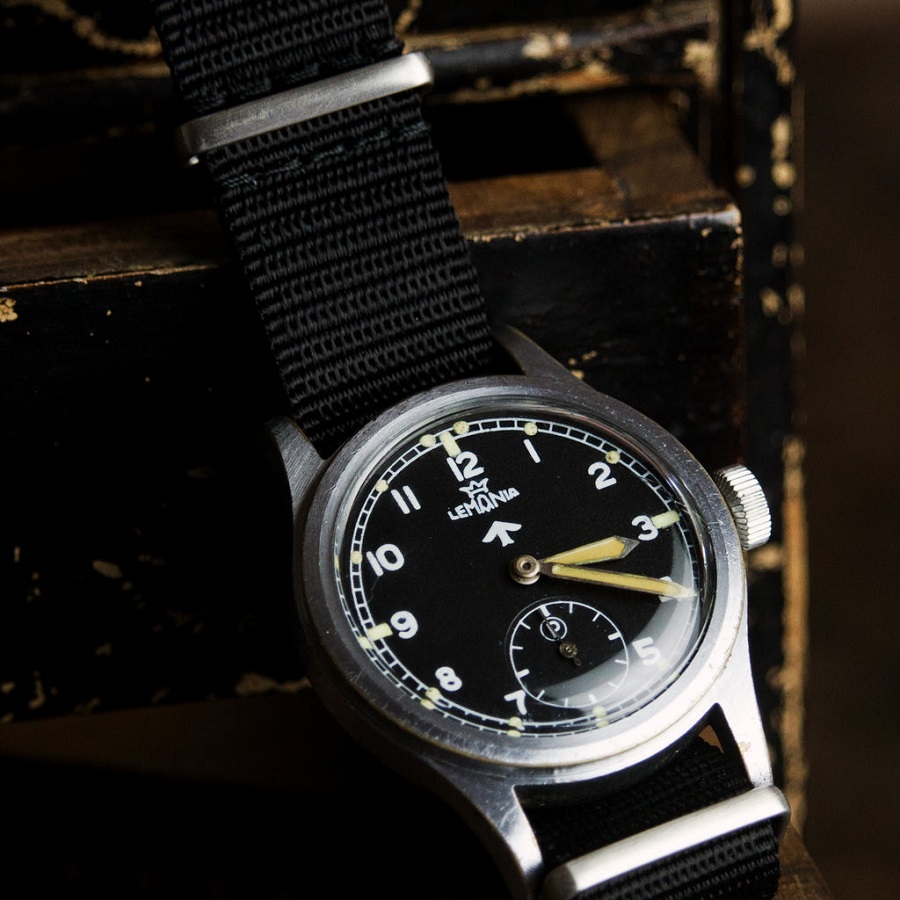 Where to Buy and Sell Antique Watches
Where to Buy and Sell Antique Watches
When it comes to acquiring or parting with antique watches, knowing the right venues is key. Whether you’re a seasoned collector or a newcomer, here are the best places to buy and sell these valuable timepieces:
Auctions: Prestigious auction houses often have watch-specific sales. These events are great for finding rare and exceptional antique watches. Be ready for competitive bidding.
Online Marketplaces: Websites such as eBay and specialized forums connect buyers and sellers worldwide. Ensure authenticity and check seller reviews before any transaction.
Antique Shops: Local antique shops can be treasure troves for vintage watches. Inspection is hands-on, but selection might be limited.
Watch Fairs: Fairs bring together collectors, dealers, and enthusiasts. They offer a wide range of pieces and direct negotiation with sellers.
Estate Sales: Sometimes, hidden gems can be found at estate sales. This requires some hunting but can lead to great deals.
Pawn Shops: Pawn shops may have antique watches at lower prices. However, watch for authenticity and condition.
Collector Forums: Online forums and clubs are useful for both buying and selling. Members often share a passion for antique watches, offering a trustworthy platform.
When buying, always check the watch’s condition, authenticity, and provenance. When selling, present your watch well and provide as much history and documentation as possible to attract serious buyers. Also, remember the importance of timing. Market demand can fluctuate, and selling during a peak of interest could yield better returns.
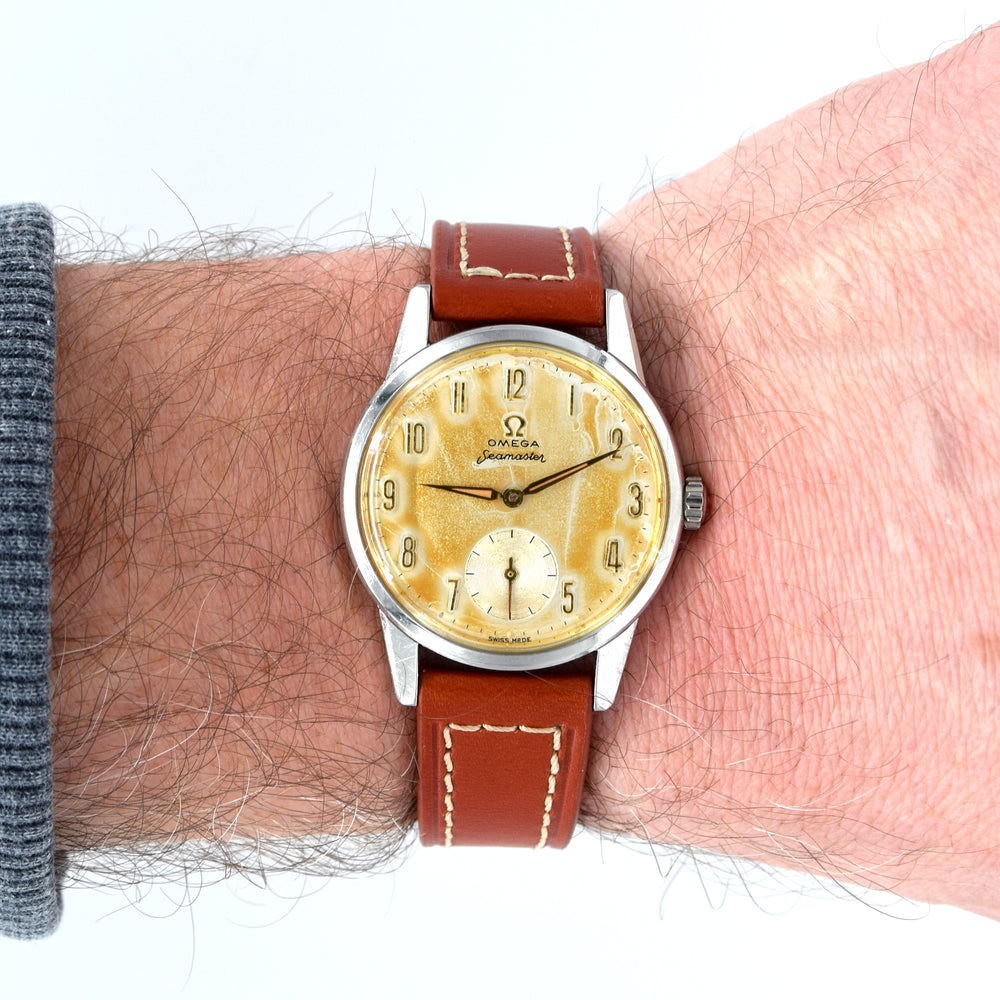 The Future of Antique Watch Investments
The Future of Antique Watch Investments
As an experienced SEO expert and professional blogger, I delve into the prospects of antique watch investments. The future for antique watches as a form of investment looks promising. There are several reasons for this positive outlook.
Growing Interest: The appreciation for craftsmanship and history continues to grow. More people are recognizing the value of owning a piece of the past.
Limited Supply: Antique watches are not made anymore. This scarcity tends to drive up their value over time as fewer pieces are available on the market.
Digital Fatigue: In a world saturated with digital devices, there is a shift towards the tangible and traditional. Antique watches offer a mechanical charm that digital watches cannot replicate.
Global Wealth Distribution: The increase in global wealth, especially in emerging markets, introduces new collectors and investors into the market. They are willing to pay top dollar for unique and rare timepieces.
Heritage and Heirloom Appeal: Antique watches are often passed down as family heirlooms. This emotional connection can increase their worth, both monetarily and sentimentally.
Technological Innovation: Advancements in authentication and preservation technologies make it easier to maintain and verify the condition of antique watches, enhancing their appeal to investors.
In conclusion, the antique watch market is likely to flourish. Factors like limited supply, historical allure, and growing global wealth paint a bright future for these investments. With the right knowledge and care, antique watches can be a wise addition to a diversified investment portfolio.
